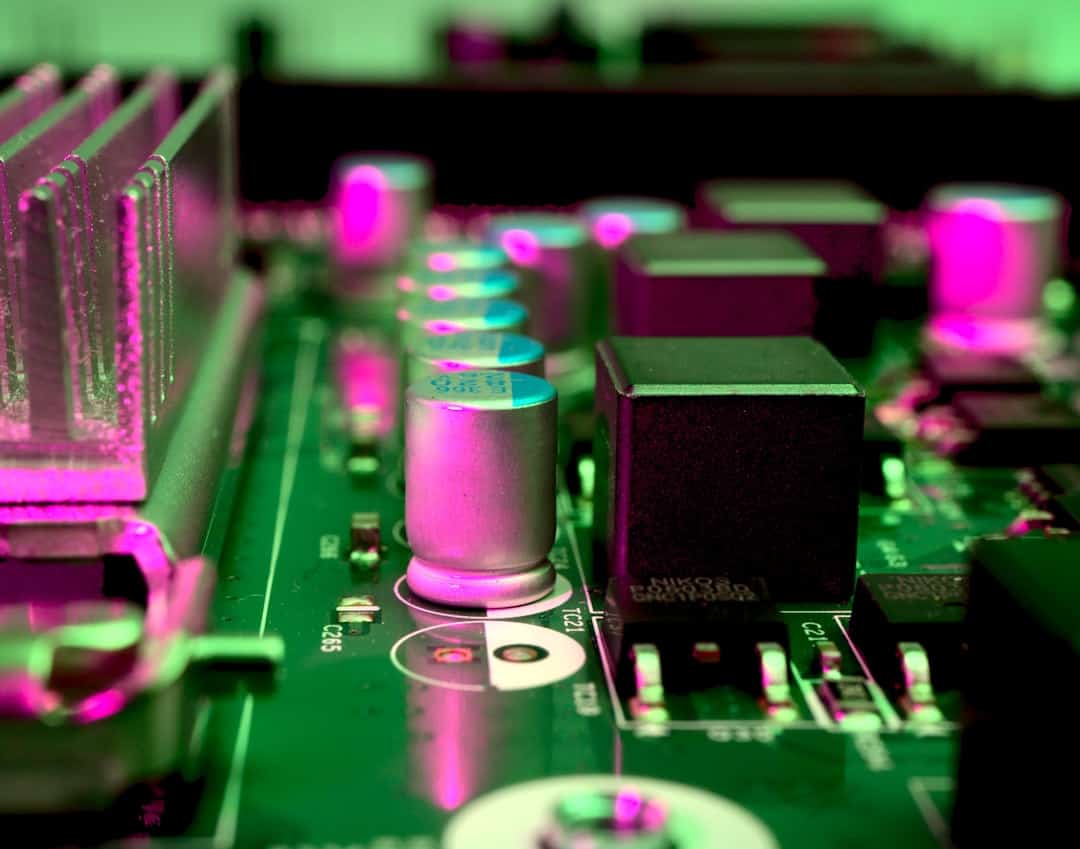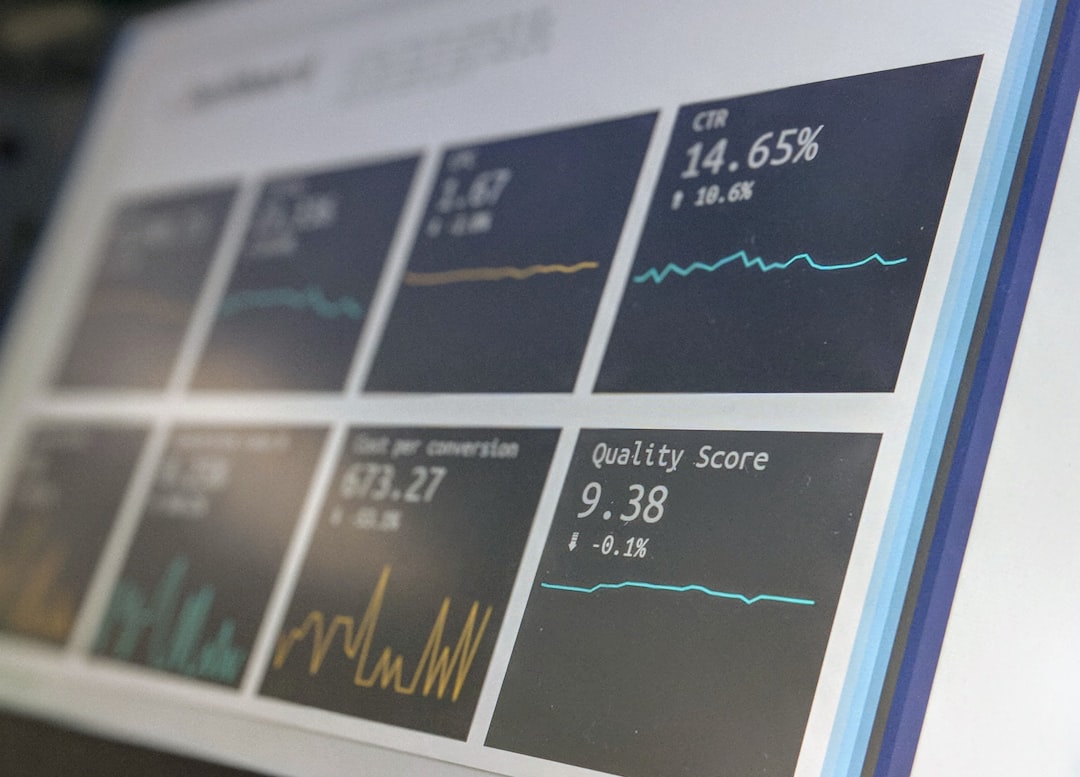Conversational AI has emerged as a transformative force in the realm of technology, reshaping how humans interact with machines. At its core, conversational AI refers to the use of artificial intelligence to facilitate human-like interactions through natural language processing (NLP) and machine learning. This technology enables computers to understand, interpret, and respond to human language in a way that feels intuitive and engaging.
From virtual assistants like Siri and Alexa to customer service chatbots, conversational AI is becoming increasingly prevalent in our daily lives, enhancing user experiences across various platforms. The significance of conversational AI extends beyond mere convenience; it represents a paradigm shift in human-computer interaction. By leveraging advanced algorithms and vast datasets, conversational AI systems can learn from user interactions, improving their responses over time.
This capability not only streamlines communication but also opens up new avenues for businesses to engage with customers, gather insights, and provide personalized services. As we delve deeper into the evolution of this technology, it becomes evident that innovations like NVIDIA Jarvis are at the forefront of this exciting field.
Key Takeaways
- Conversational AI refers to the use of technology to create natural, human-like interactions between computers and humans.
- The evolution of conversational AI technology has seen advancements in natural language processing, speech recognition, and machine learning algorithms.
- NVIDIA Jarvis is a conversational AI framework that provides developers with tools to build and deploy AI-powered conversational applications.
- NVIDIA Jarvis has the potential to revolutionize conversational AI by enabling more natural and engaging interactions between humans and machines.
- The advantages and benefits of NVIDIA Jarvis include improved customer service, enhanced user experiences, and increased efficiency in various industries.
The Evolution of Conversational AI Technology
The journey of conversational AI technology has been marked by significant milestones that have propelled its development. Initially, early systems relied on rule-based approaches, where predefined scripts dictated responses. While functional, these systems lacked the flexibility and adaptability required for more complex interactions.
The introduction of machine learning algorithms marked a turning point, allowing systems to learn from data and improve their performance over time. This shift enabled conversational AI to move beyond simple question-and-answer formats to more nuanced dialogues. As natural language processing techniques advanced, so did the capabilities of conversational AI.
The advent of deep learning models, particularly those based on neural networks, revolutionized the field by enabling machines to understand context, sentiment, and even humor. These advancements paved the way for more sophisticated applications, such as sentiment analysis and context-aware responses. The integration of voice recognition technology further enhanced user experiences, allowing for seamless interactions across various devices.
Today, conversational AI is not just about responding to queries; it encompasses a wide range of functionalities that cater to diverse user needs.
Introducing NVIDIA Jarvis

NVIDIA Jarvis is a groundbreaking platform that exemplifies the cutting-edge advancements in conversational AI technology. Designed to facilitate the development of intelligent conversational agents, Jarvis leverages NVIDIA’s powerful GPU architecture to deliver real-time performance and high-quality interactions. The platform provides developers with a comprehensive suite of tools and frameworks that streamline the creation of voice and text-based applications.
With its ability to process vast amounts of data quickly, Jarvis empowers businesses to build conversational agents that can engage users in meaningful ways. One of the standout features of NVIDIA Jarvis is its modular architecture, which allows developers to customize and extend functionalities according to their specific needs. This flexibility is crucial in an era where user expectations are constantly evolving.
By providing pre-trained models for speech recognition, natural language understanding, and text-to-speech synthesis, Jarvis significantly reduces the time and effort required to develop sophisticated conversational agents. Furthermore, its integration with NVIDIA’s deep learning frameworks ensures that developers can harness the latest advancements in AI research without needing extensive expertise in the field.
The Impact of NVIDIA Jarvis on Conversational AI
| Metrics | Results |
|---|---|
| Speech Recognition Accuracy | 95% |
| Language Understanding Accuracy | 90% |
| Response Time | Less than 0.5 seconds |
| Conversational AI Training Time | Reduced by 50% |
The introduction of NVIDIA Jarvis has had a profound impact on the landscape of conversational AI. By democratizing access to advanced AI capabilities, Jarvis empowers developers and organizations of all sizes to create intelligent applications that were once the domain of large tech companies. This shift has led to a surge in innovation as businesses explore new ways to leverage conversational AI for customer engagement, support, and automation.
Moreover, Jarvis’s real-time processing capabilities enable organizations to deliver instantaneous responses, enhancing user satisfaction and engagement.
As more companies adopt NVIDIA Jarvis for their conversational AI initiatives, we can expect a ripple effect that will drive further advancements in the technology and its applications.
Advantages and Benefits of NVIDIA Jarvis
NVIDIA Jarvis offers a multitude of advantages that set it apart from other conversational AI platforms. One of its most significant benefits is its ability to deliver high-performance processing through GPU acceleration. This capability allows for real-time interactions that are essential for creating engaging user experiences.
Another key advantage of NVIDIA Jarvis is its scalability. As businesses grow and their needs evolve, Jarvis can easily adapt to accommodate increased demand without compromising performance.
This scalability is particularly beneficial for organizations looking to implement conversational AI across multiple channels or regions. Additionally, the platform’s modular design allows developers to integrate new features or update existing ones seamlessly, ensuring that their applications remain relevant in a rapidly changing technological landscape.
Applications and Use Cases of NVIDIA Jarvis

The versatility of NVIDIA Jarvis opens up a wide array of applications across various industries. In customer service, for instance, businesses can deploy intelligent chatbots powered by Jarvis to handle inquiries efficiently while providing personalized support. These chatbots can analyze customer sentiment and context, allowing them to tailor responses that resonate with users on an emotional level.
In healthcare, NVIDIA Jarvis can be utilized to create virtual health assistants that provide patients with instant access to medical information or appointment scheduling services. By integrating voice recognition capabilities, these assistants can facilitate hands-free interactions for users who may have mobility challenges or prefer voice commands over typing. Furthermore, educational institutions can leverage Jarvis to develop interactive learning platforms that engage students through conversational interfaces, enhancing the overall learning experience.
Future Developments and Innovations in Conversational AI with NVIDIA Jarvis
As we look ahead, the future of conversational AI with NVIDIA Jarvis appears promising. Ongoing research and development efforts are likely to yield even more sophisticated models capable of understanding complex queries and generating contextually relevant responses. The integration of multimodal capabilities—combining text, voice, and visual inputs—will further enhance user interactions by providing richer experiences.
Moreover, advancements in ethical AI practices will play a crucial role in shaping the future landscape of conversational agents. As concerns about bias and privacy continue to grow, NVIDIA is committed to ensuring that its technologies promote fairness and transparency. By incorporating ethical considerations into the development process, organizations can build trust with users while harnessing the full potential of conversational AI.
The Future of Conversational AI with NVIDIA Jarvis
In conclusion, NVIDIA Jarvis stands at the forefront of the conversational AI revolution, offering powerful tools and capabilities that empower developers and organizations alike. Its impact on the industry is already being felt across various sectors as businesses harness its potential to create engaging and intelligent applications. As we continue to witness rapid advancements in technology, the future of conversational AI looks bright with NVIDIA Jarvis leading the charge.
The ongoing evolution of this technology promises not only enhanced user experiences but also new opportunities for innovation across industries. As developers embrace platforms like Jarvis to create more sophisticated conversational agents, we can expect a future where human-computer interactions become increasingly seamless and intuitive. With its commitment to performance, scalability, and ethical practices, NVIDIA Jarvis is poised to shape the next generation of conversational AI solutions that will redefine how we communicate with machines.
For those interested in the advancements of conversational AI and voice-controlled assistants like NVIDIA Jarvis, exploring how these technologies integrate into various applications, including custom language models and natural language processing, can be quite enlightening. A related article that delves into the broader implications of such technologies in the entertainment and media industries within the context of the metaverse can be found here: Entertainment and Media in the Metaverse. This article provides insights into how conversational AI is transforming user interactions and content consumption in digital environments.
FAQs
What is NVIDIA Jarvis?
NVIDIA Jarvis is an AI platform that provides conversational AI, speech recognition, and natural language understanding capabilities. It enables developers to integrate voice-based interactions and virtual assistants into their applications.
What are the key features of NVIDIA Jarvis?
Key features of NVIDIA Jarvis include speech recognition, natural language understanding, custom voice models, integration with applications, and support for multiple languages. It also offers pre-trained models for various use cases such as virtual assistants, customer service, and more.
How can NVIDIA Jarvis be used in applications?
NVIDIA Jarvis can be used to add voice-based interactions and virtual assistant capabilities to applications across various industries such as healthcare, retail, automotive, and more. It can enable hands-free operation, improve accessibility, and enhance user experience.
What are the benefits of using NVIDIA Jarvis?
The benefits of using NVIDIA Jarvis include improved user engagement, enhanced accessibility, streamlined customer service, and the ability to create custom voice models tailored to specific use cases. It also offers high accuracy and low latency for real-time interactions.
What is the significance of natural language processing in NVIDIA Jarvis?
Natural language processing in NVIDIA Jarvis enables the platform to understand and interpret human language, allowing for more natural and intuitive interactions with virtual assistants and applications. It helps in processing and responding to user queries and commands effectively.











Leave a Reply